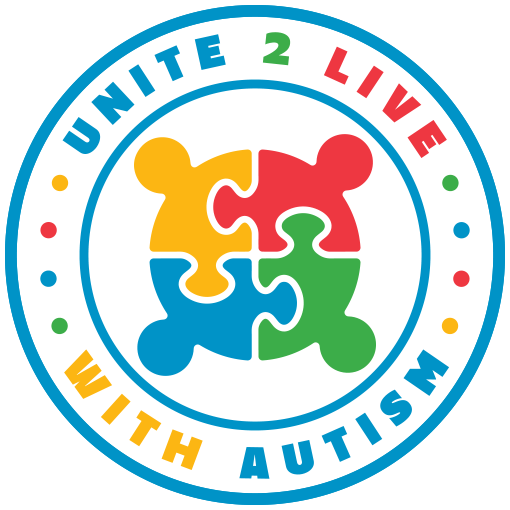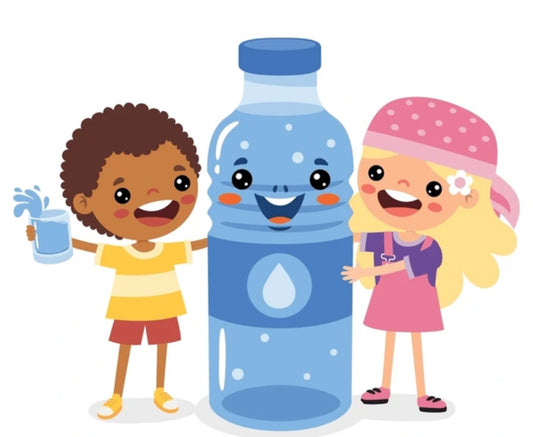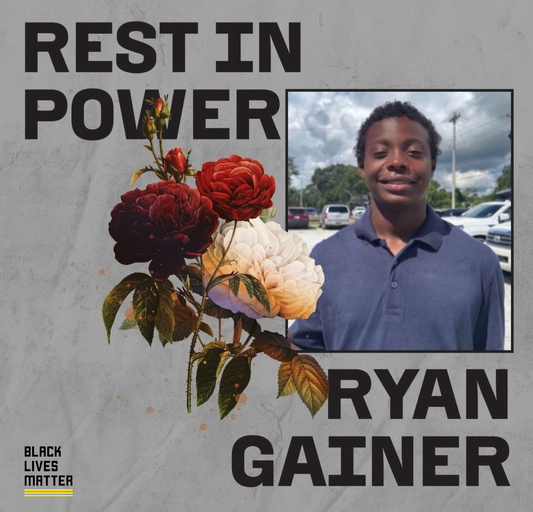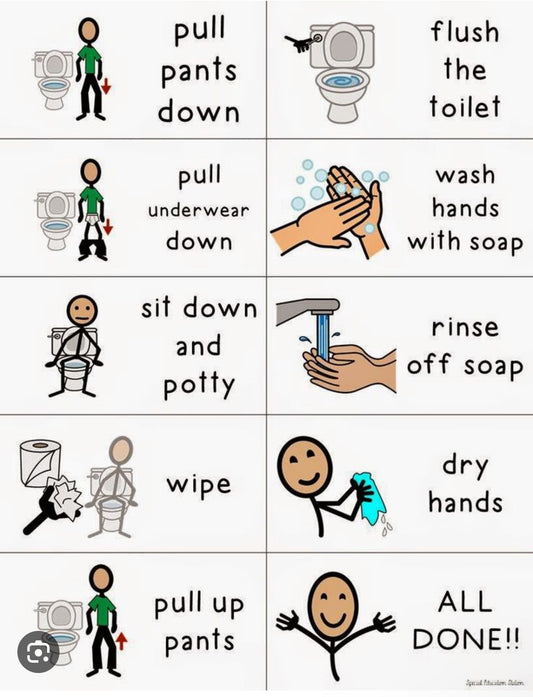Autism Spectrum Disorder (ASD) is a complex neurodevelopmental condition that affects individuals in various ways. It's often said that when you've met one person with autism, you've met one person with autism. This reflects the diversity and individuality of those on the spectrum. To better comprehend the nuances of ASD, it's important to explore the concept of different levels within the spectrum.
Demystifying the Levels
Autism is often classified into different levels to help professionals, caregivers, and individuals themselves better understand the challenges and strengths associated with the condition. The levels are typically referred to as Level 1 (requiring support), Level 2 (requiring substantial support), and Level 3 (requiring very substantial support). These levels provide a general framework for understanding the varying degrees of support an individual might need in various aspects of their lives.
Level 1: Requiring Support
Individuals at Level 1 typically require some assistance with navigating certain social situations. They might struggle with initiating conversations, forming friendships, or understanding nonverbal cues. People at this level often exhibit repetitive behaviors or restricted interests, which can sometimes make it challenging for them to adapt to new environments. However, with proper support, individuals at Level 1 can learn valuable skills to enhance their social interactions and thrive in various settings.
Level 2: Requiring Substantial Support
At Level 2, individuals often face more pronounced difficulties in communication and social interaction. They might display repetitive behaviors to a greater extent and struggle with changes in routine. Individuals at this level might require more structured environments and routines to feel secure and comfortable. Supporting individuals at Level 2 involves tailored interventions that address their specific challenges, while also recognizing and nurturing their unique strengths.
Level 3: Requiring Very Substantial Support
Individuals at Level 3 require significant assistance across a wide range of areas. Communication challenges may be more pronounced, and their interactions with others might be limited. Repetitive behaviors and intense focus on specific interests might dominate their daily lives. At this level, caregivers and professionals play a crucial role in developing personalized strategies to help individuals communicate, learn essential life skills, and lead fulfilling lives.
Understanding Individuality Within Levels
It's important to note that the levels are not rigid categories, but rather a spectrum within a spectrum. Each person with autism is a unique individual, and their experiences cannot be fully encapsulated by these classifications. Some individuals may display characteristics that fall neatly within one level, while others might exhibit a mix of traits from different levels.
Moving Beyond the Levels
While the levels of ASD offer a valuable starting point for understanding individuals' needs, they should not define or limit our perception of those on the spectrum. Every person has their strengths, interests, and potential for growth. Focusing solely on the levels can overlook the beauty of diversity within the autism community. Instead, let's strive to foster an environment of acceptance, where each individual is empowered to achieve their personal goals and aspirations.
Conclusion
Unite 2 Love With Autism is about embracing the full spectrum of experiences within the autism community. Understanding the different levels of ASD provides a foundation for offering appropriate support and interventions, but it's just one aspect of the intricate tapestry that makes up each individual. By celebrating the unique qualities and talents of every person with autism, we can truly come together to create a world of acceptance, understanding, and compassion.




